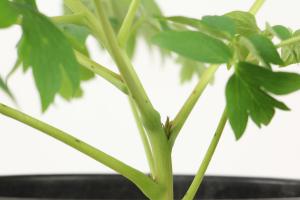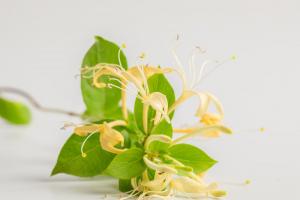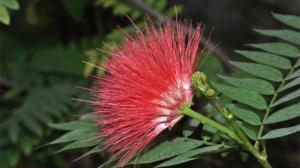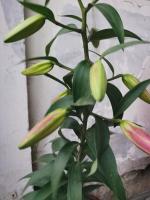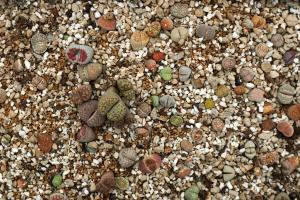How to Plant Chestnut Trees from Seeds
Chestnut trees are known for their delicious nuts and beautiful, sprawling canopies. If you're interested in growing your own chestnut tree, you can easily start from seeds. Here's a step-by-step guide on how to plant chestnut trees:
Gather Chestnuts
The first step in planting chestnut trees from seeds is to collect chestnuts. It's best to collect nuts that have recently fallen from the tree, as these are more likely to be viable. If you're unsure when to gather chestnuts, keep an eye on the trees in the fall when the nuts are ready to be harvested.
Prepare Chestnuts for Planting
Once you've gathered chestnuts, it's important to prepare them for planting. Begin by soaking the nuts in water for 24 to 48 hours. This will help loosen the outer shell and make it easier to remove. After soaking, carefully remove the outer shell to reveal the nut inside.
Choose the Right Site
Before planting chestnut seeds, it's important to choose the right site. Chestnuts need well-drained soil and plenty of sunlight. Avoid planting in areas with heavy clay soil or areas that tend to flood. Choose a spot that is sheltered from strong winds, as chestnut trees have a shallow root system and can easily be uprooted by strong gusts.
Plant the Chestnuts
Once you've gathered and prepared the chestnuts, it's time to plant them. Dig a hole that is approximately two to three inches deep and place the chestnut in the hole with the pointed end facing down. Cover the chestnut with soil and water it well. Repeat this process for each chestnut you wish to plant, making sure to space them at least 20 feet apart.
Care for Chestnut Seedlings
After planting chestnut seeds, it's important to care for the seedlings as they grow. Begin by watering regularly, ensuring that the soil around the seedlings remains consistently moist. Avoid over-watering, which can cause root rot. As the seedlings grow, apply a balanced fertilizer every three to four weeks.
It's also important to protect the seedlings from pests and diseases. Watch for signs of insect damage and treat accordingly. Chestnut trees are prone to chestnut blight, a fungal disease that can kill trees. Keep an eye out for any signs of blight, such as discolored leaves or bark, and take action immediately.
Final Thoughts
Planting chestnut trees from seeds can be a rewarding and enjoyable experience. With the right care and attention, you can grow strong, healthy trees that provide delicious nuts and beautiful shade. Follow these steps and enjoy the fruits of your labor for years to come.

 how many times do yo...
how many times do yo... how many planted tre...
how many planted tre... how many pine trees ...
how many pine trees ... how many pecan trees...
how many pecan trees... how many plants comp...
how many plants comp... how many plants can ...
how many plants can ... how many plants and ...
how many plants and ... how many pepper plan...
how many pepper plan...